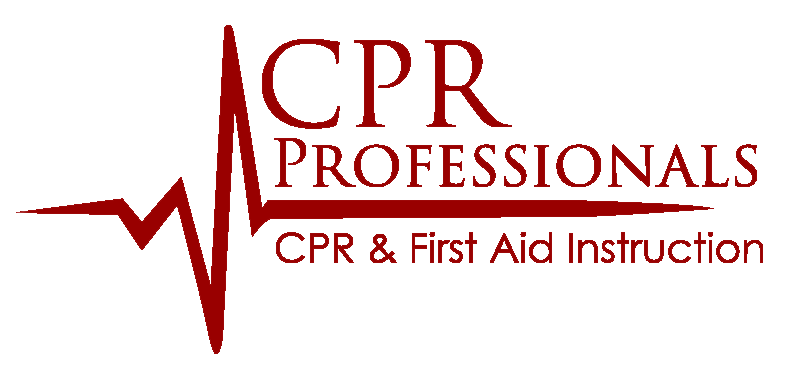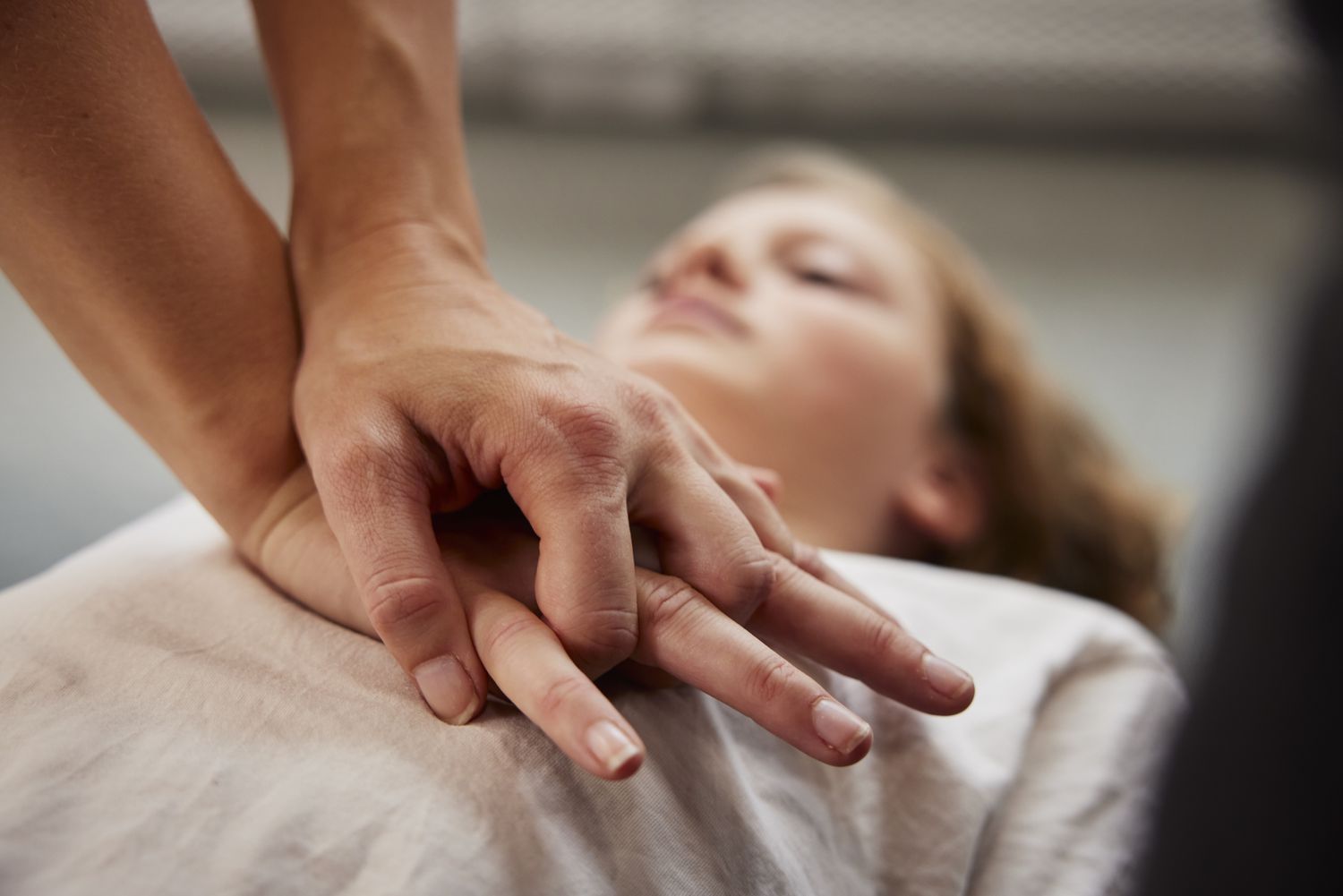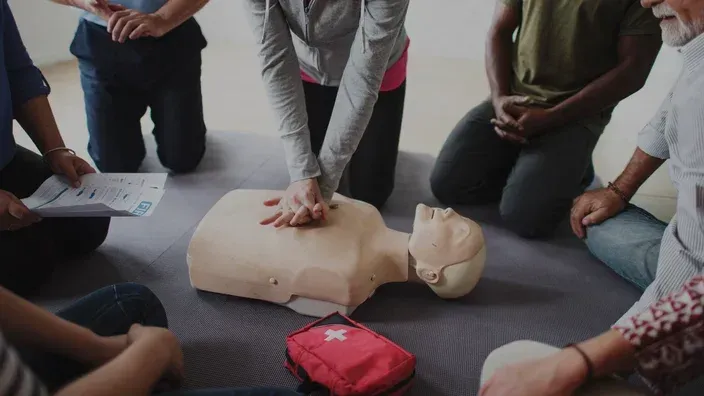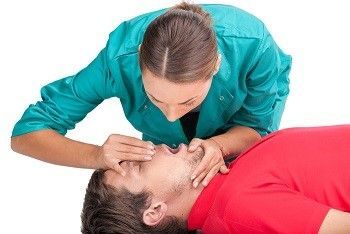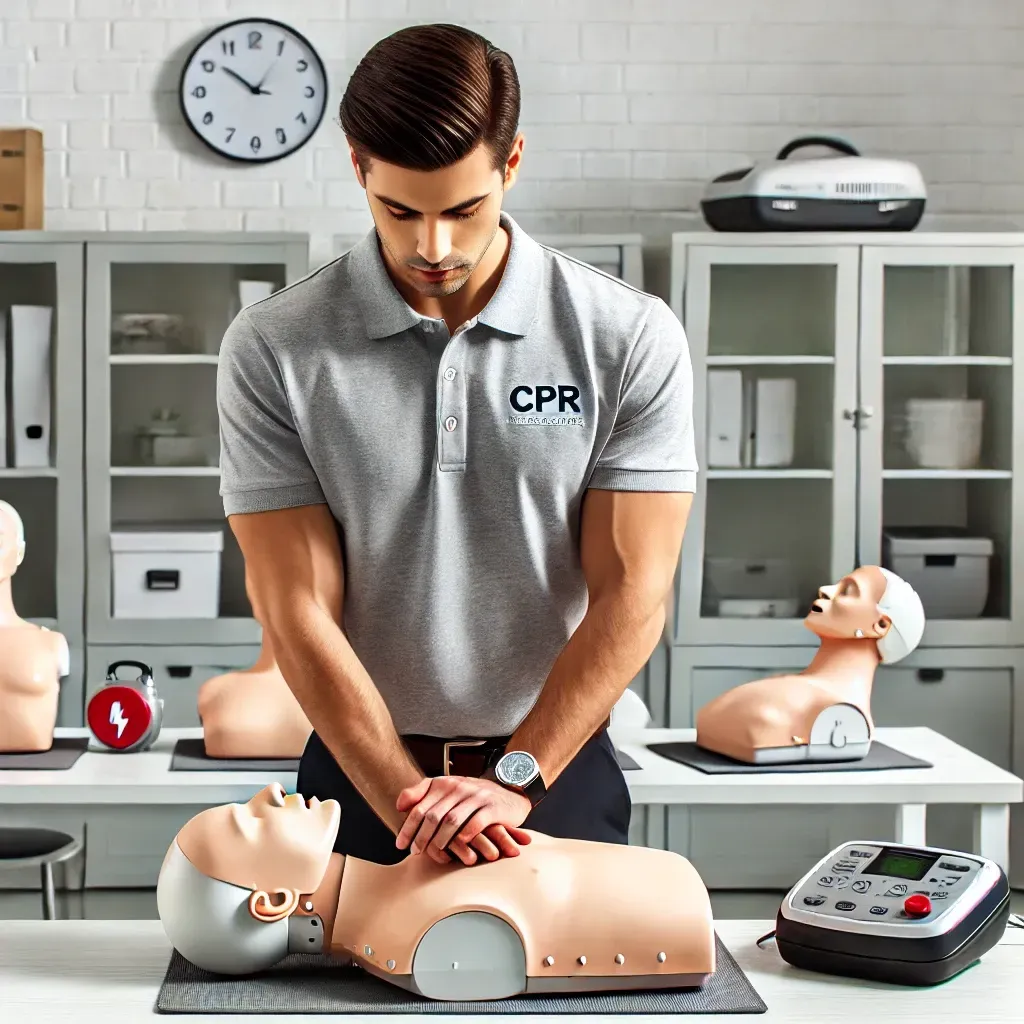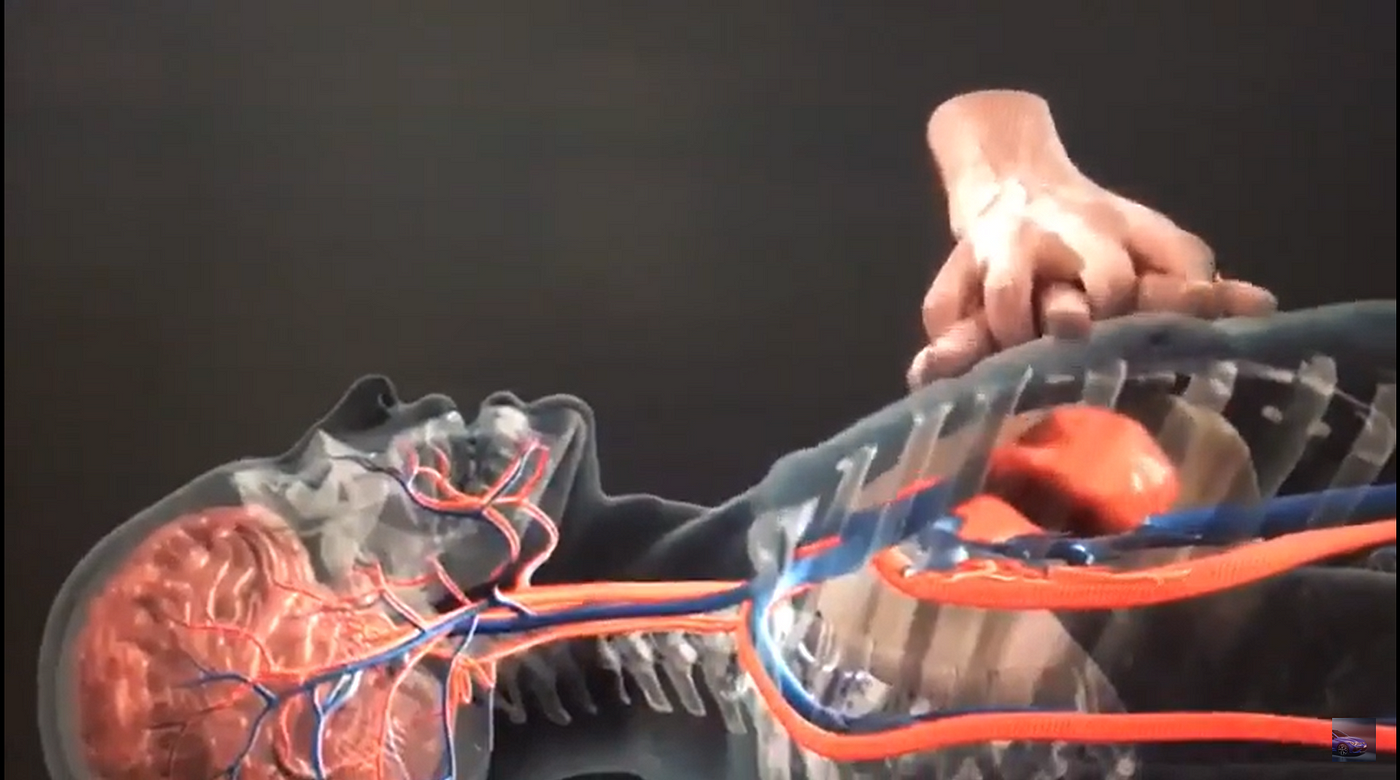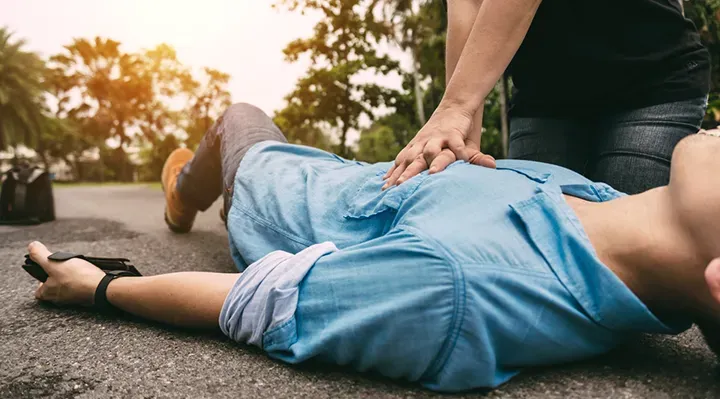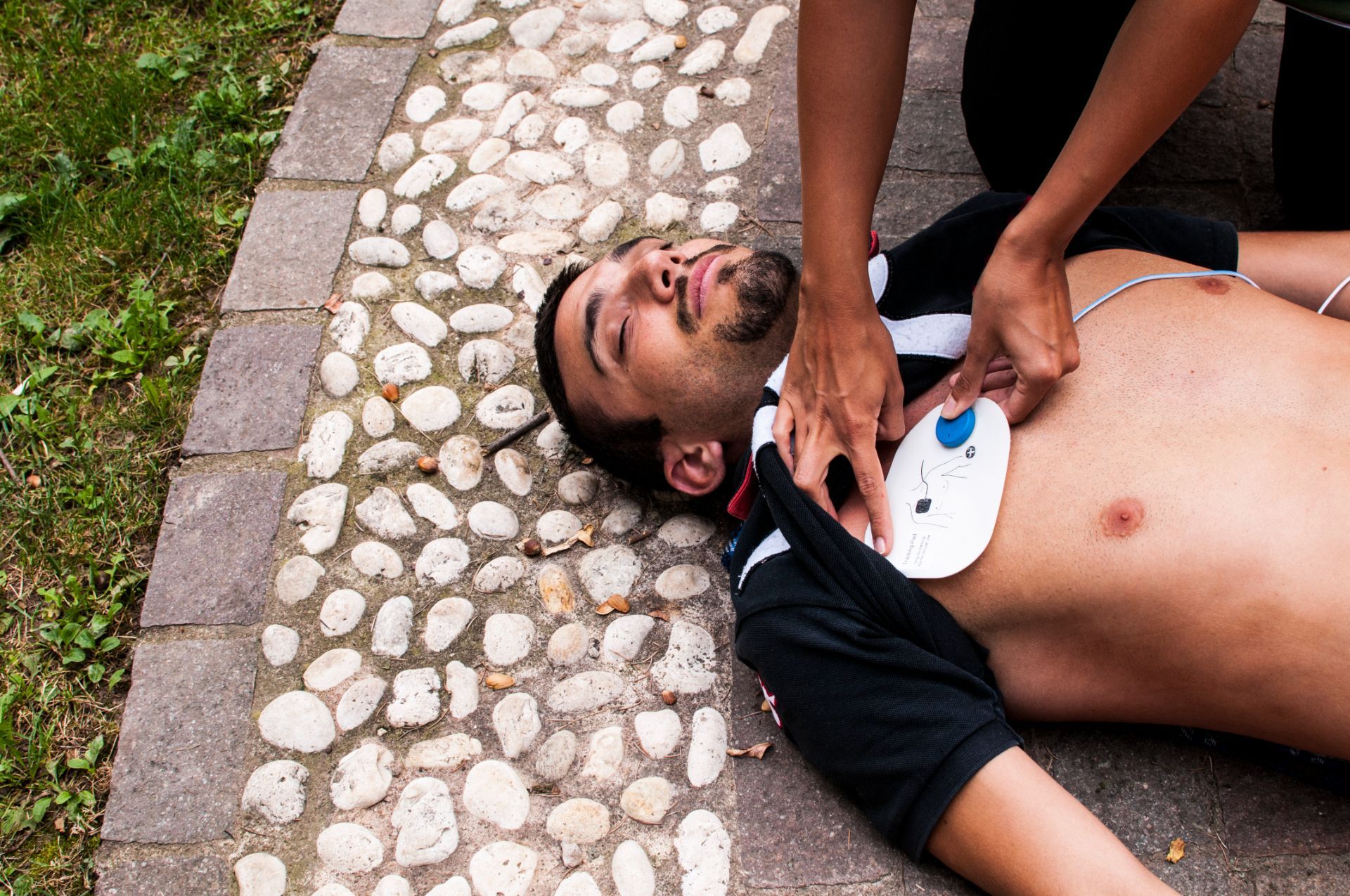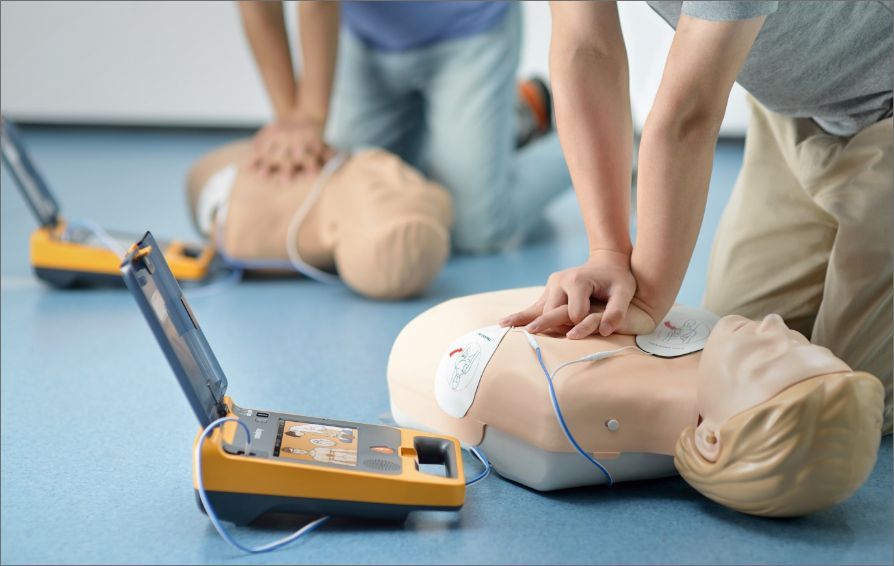Save Lives through Cardiopulmonary Resuscitation Training
Save Lives through
Cardiopulmonary Resuscitation Training
Every year, 350,000 people in the country die due to a cardiopulmonary medical emergency. This number can be reduced if more people have the opportunity to learn CPR. Cardiopulmonary Resuscitation (CPR) is an emergency lifesaving procedure anyone can master. The American Heart Association is working hard to educate people about CPR to help those at risk for heart attack, stroke, choking, or an allergic reaction.
Any bystander can be a lifesaver by having
CPR training. Are you interested in having the knowledge needed to handle a medical emergency? Keep reading to find out more.
Can An Untrained Person Do CPR?
Anyone pondering whether or not to perform CPR should keep one thing in mind: doing it badly is better than not doing it at all. As a bystander, even a basic understanding of the procedure may increase a victim's chance of survival. The American Heart Association recommends hands-only CPR if the bystander lacks training.
If someone is untrained, they should call 911 and ask the dispatcher for instructions. Basic assistance begins with chest compressions, avoiding interruptions until rescuers arrive. In most circumstances, there is a high chance that the victim might survive.
AHA recommends CPR for anyone whose heart and breathing have stopped. The procedure may save the victim, even if the victim has been clinically dead for a few seconds.
Many untrained people are scared that if they try to help, they might end up hurting the victim. A common concern is,
Can you break ribs while doing CPR? However, a broken rib is better than death. The person's loved ones would rather see them alive. Ribs will eventually heal, but death is final.
Bystanders can save many lives only if they take the initiative to perform CPR on victims. Mouth-to-mouth breathing is not essential for an untrained person to do. What is essential is to be confident in your ability and to try hands-on chest compressions.
With knowledge, eagerness, and confidence, untrained people can help when all looks hopeless during medical emergencies. It is no longer necessary to be a professional to be a hero!
CPR can be a great way to save your loved ones or anyone in need of emergency care. Be that person who can be a lifesaver by initiating assistance in a time of need!
Situations To Avoid CPR
It is good to perform CPR, but it is also essential to read your surroundings before deciding to act.
Safety:
Remember that your safety always comes first. One should never put oneself in a life-threatening situation. For example, approaching someone who has been electrocuted or attempting to assist someone on a dangerous road or with fast-moving traffic puts your life at risk. Make sure your surroundings are safe, and always dial 911 to inform.
Tired:
Performing CPR can be tiring. It is preferable to share the job of performing CPR with someone else if others are present.
Breathing:
If the victim is breathing normally or is willing to move away from you, do not perform CPR. The victim is conscious but still may need medical attention. If the condition worsens, you can do CPR and call 9-1-1.
Training Is the Best Way to Become A Life Saver with CPR
The vast majority of patients die in public settings because bystanders lack the confidence to perform CPR and thus do not provide proper CPR on the spot. Don't be a timid bystander; instead, take the initiative to save lives. There are numerous CPR courses available, ranging from basic CPR to advanced CPR for healthcare professionals.
Learning can help build skills and confidence. Choose the classes today and educate yourself to bring about change and help those around (City). Colorado's Good Samaritan Law recognizes the importance of people helping others. Find out how you can be a hero today!
